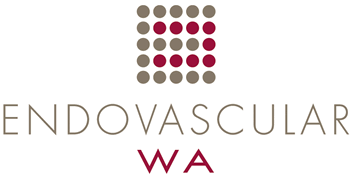Ultrasound Guided Foam Sclerotherapy
Ultrasound Guided Foam Sclerotherapy involves injecting a chemical agent (a sclerosant) to induce blood vessel scarring and closure. Sclerotherapy has a long history and has been used to treat varicose veins for over 150 years. The advent of duplex ultrasound and foam sclerosants has marked its return as a simple but effective treatment for varicose veins. In foam sclerotherapy, air is mixed with the liquid sclerosant to create a foam. When this is injected into the varicose vein (under ultrasound guidance), it displaces the blood within the vein and fills the vein. This causes the vein to spasm and scar. The vein can be checked with the ultrasound to see if the injection has been successful.
Success Rate
Foam sclerotherapy has a good success rate, with 80-90% of veins remaining closed after 3 years. To improve the success rate, veins may need to be re-injected. Regular ultrasound surveillance is used to monitor early recurrence.
Potential Complications
As with all medical services there is risk involved, however Endovascular WA works with you to minimise these. Complications may include:
- Bruising – almost always after your procedure, however this will improve with time. Wearing medical compression stockings, anti inflammatory gels and bruising creams will aid in your recovery.
- Skin Staining – (up to 40 – 50%) usually wears off within 6-12 months however this can sometimes be longer
- Skin Ulceration – (less than 1%) which in the worst instance may require skin grafting
- Mild pain – may persist for several days. This in an indicator that the injections are working.
- Superficial Thrombophlebitis – (always) usually settles within 10-12 weeks and is treated with anti-inflammatories and stockings
- Numbness in the treated area and in the distribution of the affected nerve. This may take some weeks to months to improve, and in rare instances may be permanent (rare – < 1%).
- Infection – less than 1%
- Recurrence of veins – 5-20% at 5 years, it varies with patients. There is an increased chance of surface veins developing.
- Deep Vein Thrombosis with potential of Pulmonary Embolism – less than 1%
- Discolouration and tender lumps will improve over 4-6 weeks. Inflammation of the vein caused by trapped blood inside, may cause new lumps to develop at a later stage.
- Stroke – rare < 1%
- Swelling of treated legs – could be permanent in up to 5% of people. The cause of this is sometimes unknown.
We are here to help
If you have any further questions regarding Ultrasound Guided Foam Sclerotherapy and treatment of varicose veins in Perth, please do not hesitate to contact our Claremont rooms on (08) 9284 2900.
